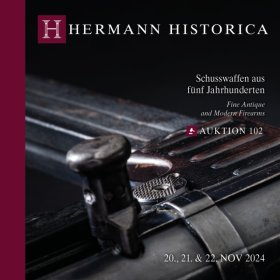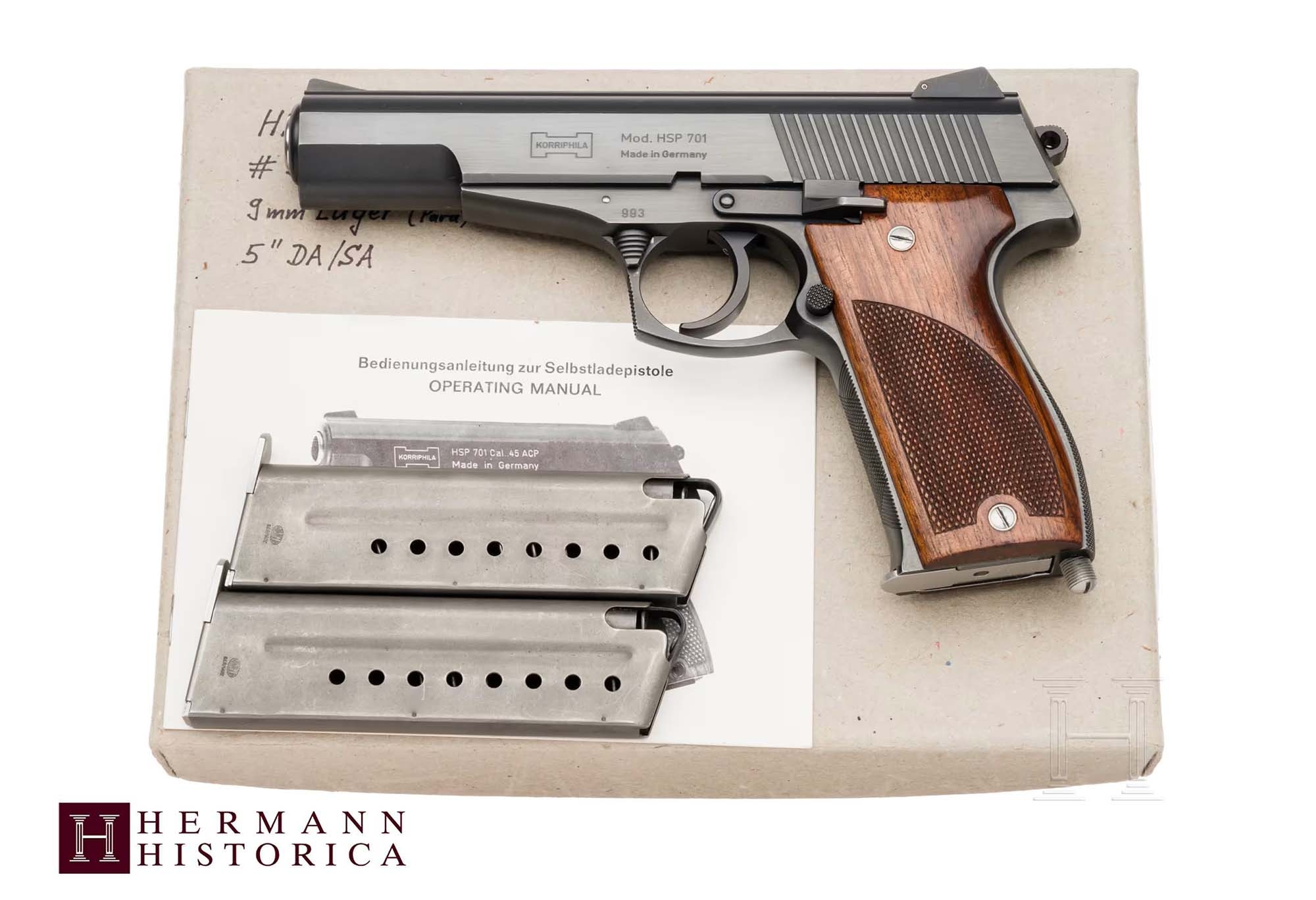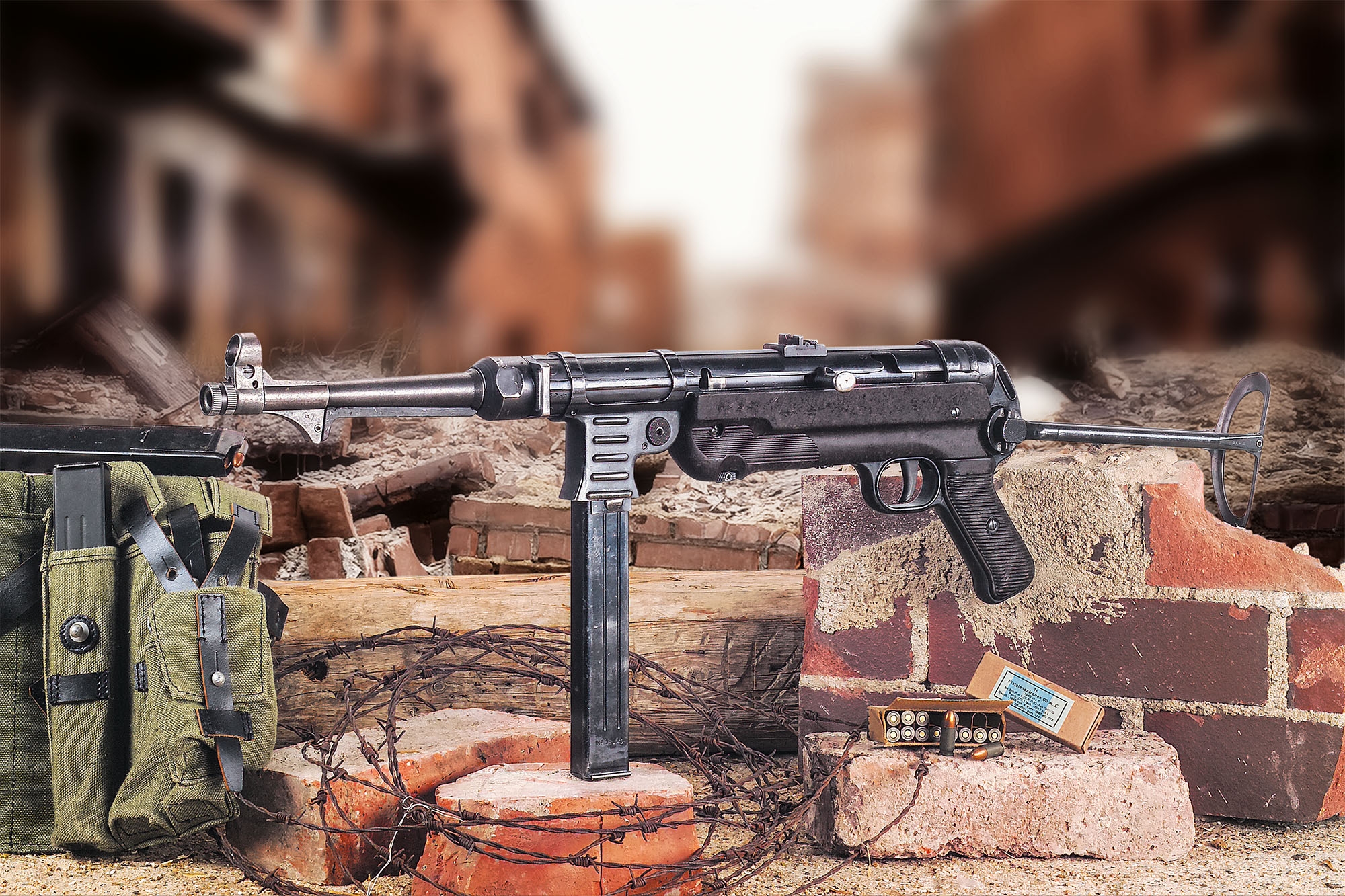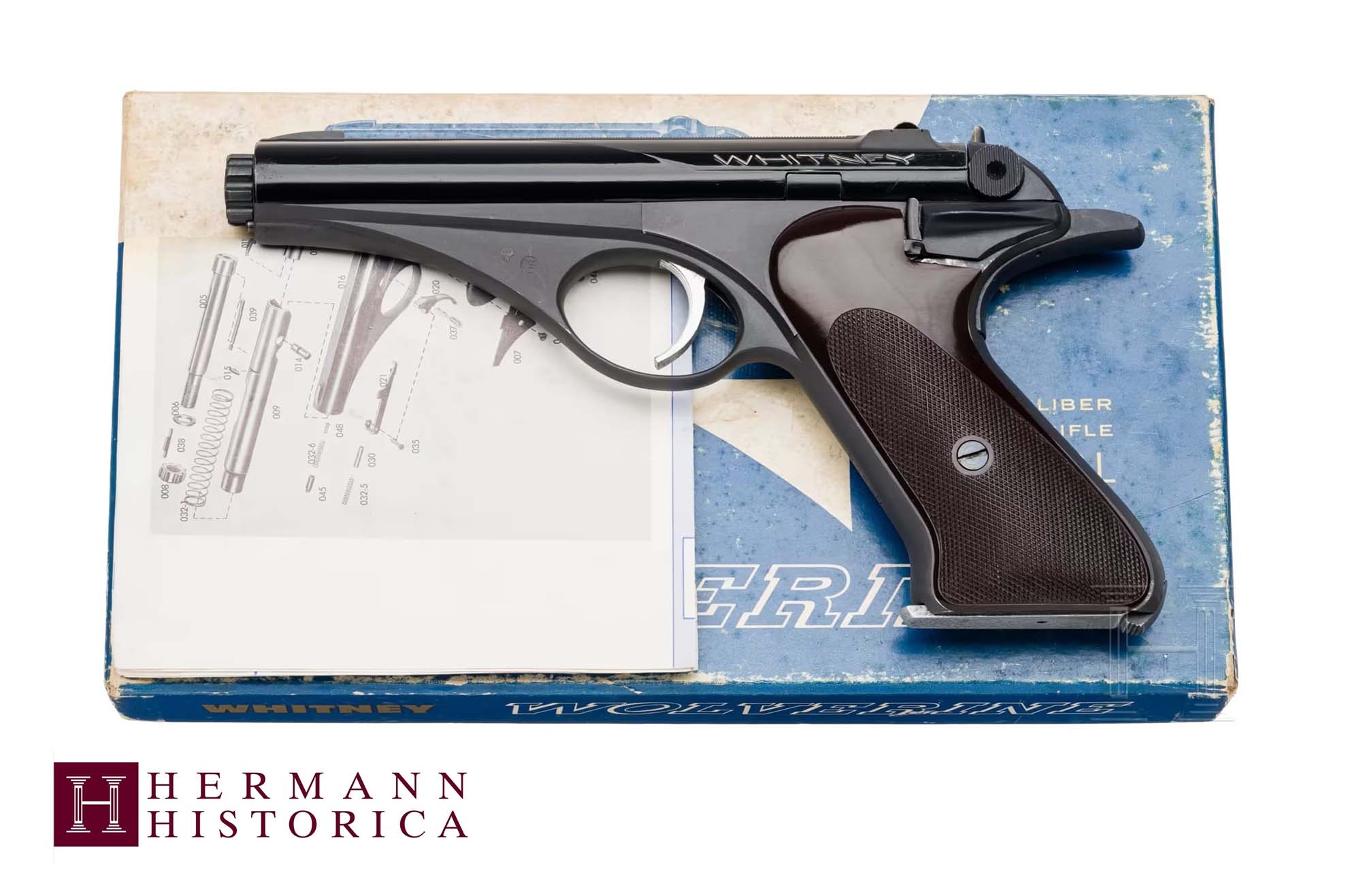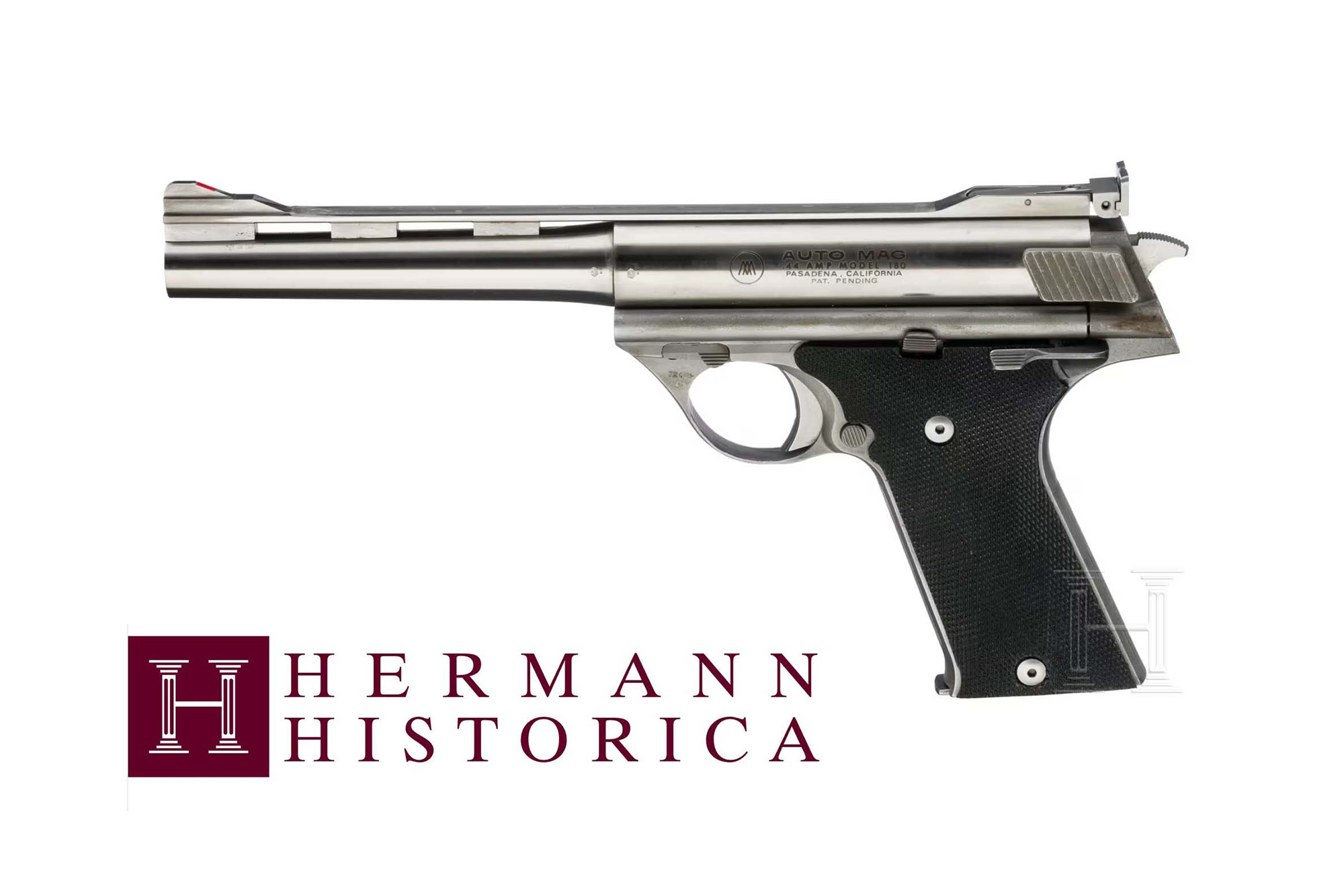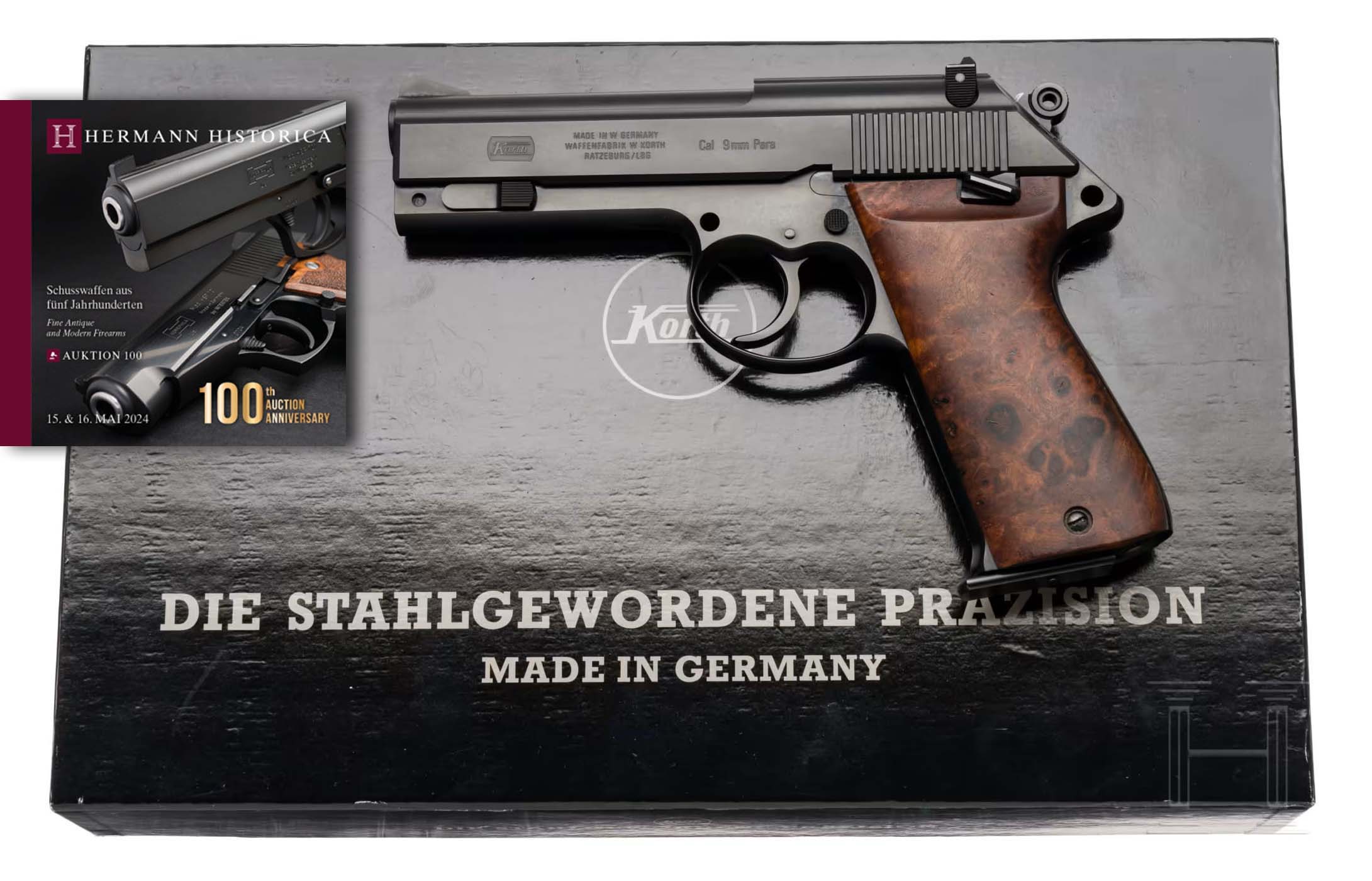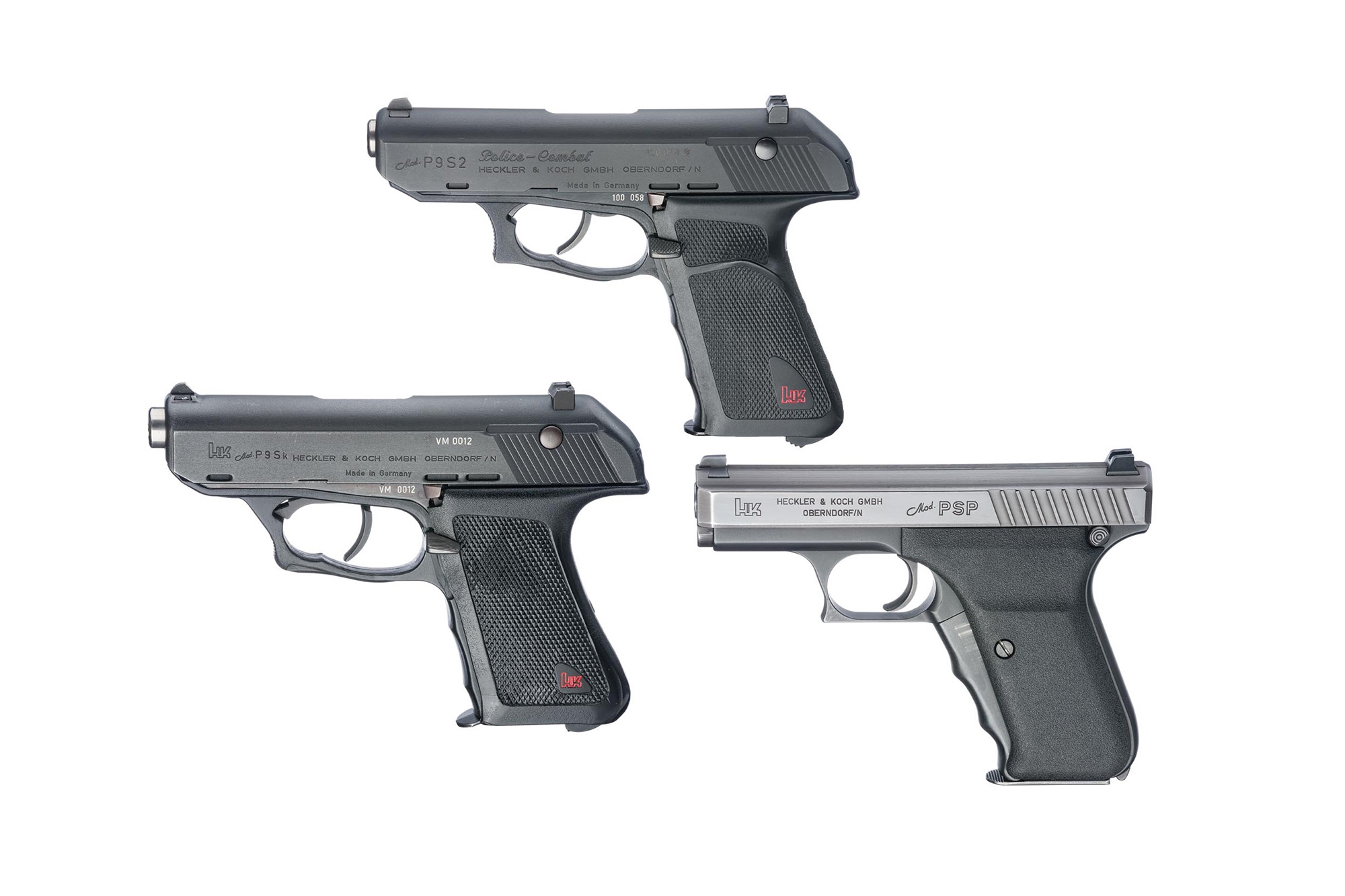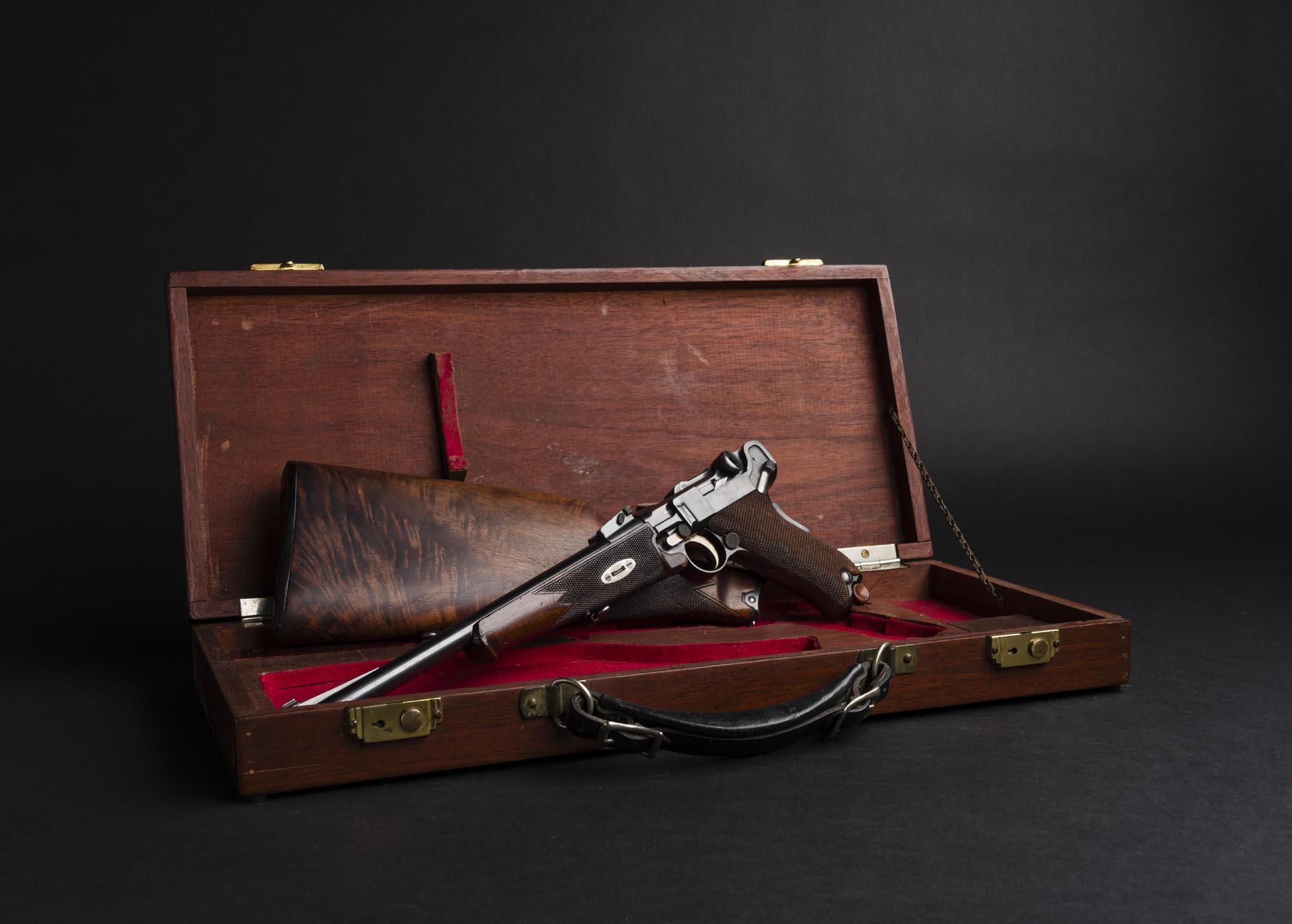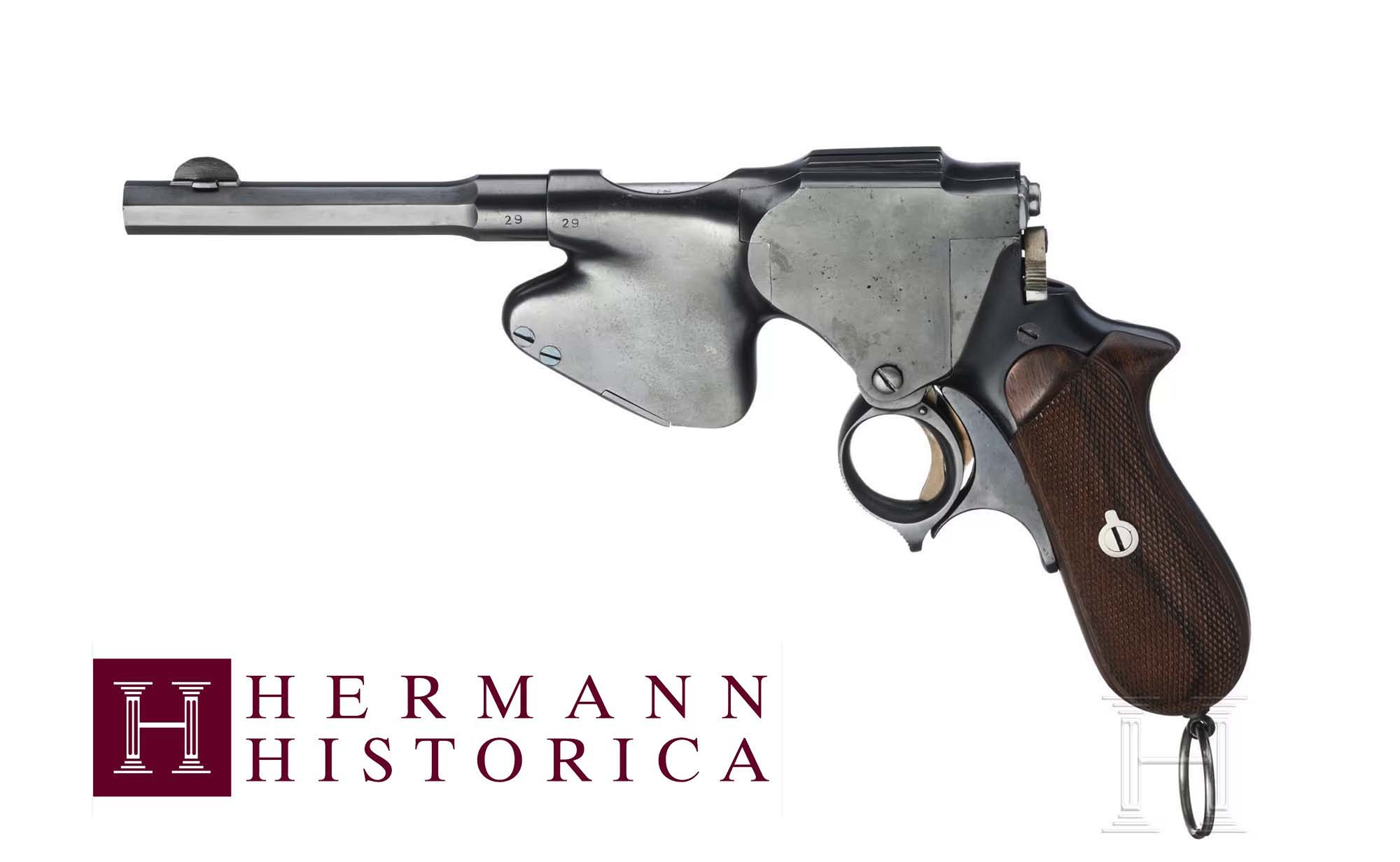Having passed the 100th edition with ease, the Bavarian auction house Hermann Historica is not resting on its laurels and is presenting on its website the new sales catalogs for the end of November. In addition to "Antique Arms and Armour", these also include militaria, military orders and decorations, entire collections of bladed weapons and uniforms (including that of Californian collector Dave Delich) and works of art. Altogether, the sales will keep Hermann Histrorica officials and experts busy from November 4 to December 6, 2024.
Among the auctions, the one that is of most interest to our readers is the one that will take place over three days, from November 20 to 22, entitled "Fine Antique and Modern Firearms".
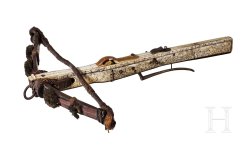
As usual, we will focus our attention on this latest auction, although there is no shortage of extraordinary pieces in previous and subsequent ones as well. An example?
In the auction "Antique Arms and Armour from all over the World", an extraordinary Renaissance crossbow, probably from Bavaria, built around 1580, entirely inlaid in bone decorated with engravings depicting bear and boar hunting scenes and mythological figures, is for sale under lot number 6449.
This weapon certainly belonged to a Central or Eastern European nobleman and has come down to us in excellent condition. The price of this truly remarkable piece starts at 15,000 euros.
Antique and modern collectors' firearms to be auctioned at Hermann Historica from November 20 to 22, 2024
But let us get back to what for us gun enthusiasts is the highlight of the month's sales, namely the "Fine Antique and Modern Firearms" auction, which has more than 2000 items, so much so that the event will be spread over three consecutive days, on November 20, 21 and 22. We have browsed the catalogue in advance and can already anticipate the lots that, in our opinion, are most promising or valuable from a collector's and technical point of view.
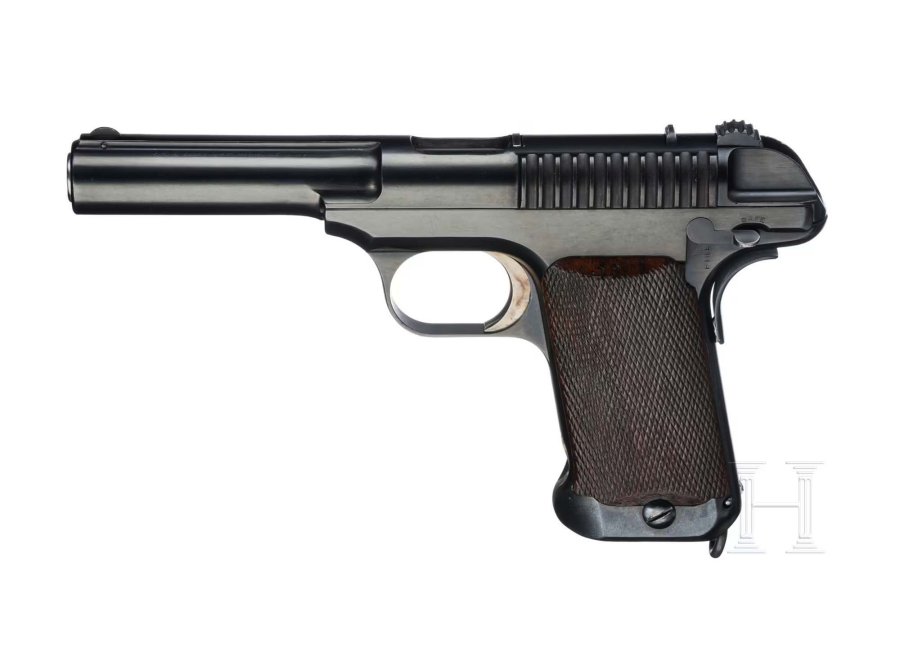
One of the auction highlights is an example in outstanding condition of the Savage 1907 semi-automatic pistol (lot 9390) in .45 ACP calibre. The pistol with the serial number 39 is one of the examples supplied to the US Army's 3rd Cavalry Regiment during the trials for the adoption of a new service pistol, which took place from March 1909 to February 1910 and from July 1910 to March 1911. Several manufacturers participated in the trials, including DWM (with the Luger) and Colt with the 1911 model, which won the contract. Following this decision, the Savage pistols were bought back by the same company, reworked and sold on the civilian market. The Savage 1907 was and is a gun with Art Deco design, made up of only 34 pieces and practically without screws (apart from those to fix the grips), testimony to an era when semi-automatic pistols were made with extreme care, even though they were intended for military use. The quality of the design and workmanship is all the more astonishing when one considers that Savage had never before produced a semi-automatic and that the project was completed in a very short time for the sole purpose of participating in military trials. The Savage 1907 never became a service pistol but had some success on the civilian market in .32 caliber (7.65 Browning). The example for sale at Hermann's belongs to the first series made, characterised by the automatic grip safety. A total of around 280 examples of the Savage 1907 in .45 ACP were manufactured and only 181 were bought back by the manufacturer. The starting price for this rarity is 11,500 euros.
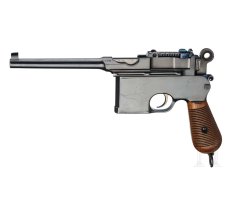
Staying on the subject of early 20th century semi-automatic pistols with lot 9581, a superb 1901 Mauser C96 "Flatside" can be described as a true rarity. The term "flatside" refers to C96 models featuring completely flat frame sides, i.e. without any lightening milling. Chambered in 7.63 Mauser, it had an internal magazine with a capacity of ten rounds that was filled via a stripper clip. Together with the Luger, the Mauser C96 is one of the most collected German pistols, not least because of the numerous variants that have made it a favourite subject of study among hoplologists for over 120 years. This magnificent pistol has flawless mechanics and is in excellent condition, with walnut grips and an original lanyard ring. The serial number 192 allows it to be identified as one of the 200 Mauser pistols that were purchased in 1901 by the German Ministry of War for adoption trials. This pistol with its fascinating military history is accompanied by a period holster marked "F Cobau, Berlin" and can be purchased by enthusiasts starting from 9,500 euros.
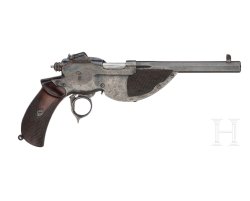
Let us go even further back in time with a pistol that, although it is a repeating gun, is considered a direct ancestor of the first semi-automatics. With lot number 8564 Hermann Historica offers us an extremely rare example of the Bittner model 1893. This fascinating pistol was designed and manufactured in Bohemia by gunsmith Gustav Bittner. The pistol was chambered for the proprietary 7.7 Bittner, a rimmed cartridge that was produced for a short time by RWS. The ring operated feeding and cocking, while the shot was released by pulling the small trigger located inside the ring itself. This valuable collector's piece has an octagonal barrel with eight grooves, is in excellent condition and bears the original logo. Since this type of pistol, of which only a few hundred were made, was not a commercial success, partly because it appeared on the market when the first effective semi-automatics began to spread, it is now a rare catch. The starting price is 6,800 euros.
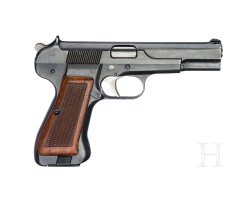
Now let us take a step back in time to present a truly unique piece: this is a prototype pistol that the Waffenfabrik in Berne (known as W+F) presented for army trials in the years 1944-45, when the military were looking for a new sidearm. Conventionally called the W+F 43, this 9mm Luger pistol recalls the lines of the Browning HP35, which at the time was certainly one of the most modern and advanced semi-automatics for military use. The pistol for sale at Hermann Historica has the serial number 21, repeated on all numbered parts. The barrel is 120-mm long and the double-stack magazine has a capacity of 16 cartridges, which was a record for the time. Despite its high magazine capacity, the W+F 43 failed to convince the demanding Swiss commissars, who preferred the SIG 210 with single stack 8-round magazine. The W+F 43 has a fixed rear sight and a side-adjustable front sight and features safety and hold-open clearly derived from the HP35. The magazine release is instead a slider on the base of the grip. This is a little-known but very important pistol for collectors of 20th century weapons. The lot number is 9311 while the starting price has been set at 8,500 euros.
As far as military-derived rifles are concerned, we would like to point out lot 8194, a SIG AMT semi-automatic rifle in .308 Winchester in like-new condition, although missing its magazine. This is a civilian version of the Swiss SIG 510 assault rifle made for the US market, and the initials stand for American Match Target. Considered to be one of, if not the best, assault rifles ever made, the SIG AMT was sold in 1978 for about $1,700 USD, which corresponded to about $8,000 (or euros) today. It was a very expensive firearm even at the time and about 1,500 examples were built. The SIG AMT up for auction at Hermann Historica has a barrel length of 55 centimeters without muzzle brake and bears serial number 16912. The stock and fore-end are made of wood while the pistol grip is made of plastic. The sights consist of an adjustable rear ramp sight and a front post sight mounted at the end of a ventilated barrel cover. The aluminium "beer keg" charging handle is reminiscent of the Schmidt-Rubin service rifle, while on the left side of the receiver is the folding carry handle. This is an unusual firearm, built with a quality unparalleled in the world of military weapons and, all things considered, affordable, since the starting price is EUR 3,200.

We remain in the world of military-derived weapons with lot 9630, another assault rifle that has made history, namely the Dittrich BD 42/II, a modern replica of the German FG 42 assault rifle (Fallschirmjäger Gewehr 42) that was issued to Luftwaffe paratroopers during the final years of World War II. Although it is a contemporary reproduction (the example is from 2011) it is a rather sought-after weapon, built by the company now known as Dittrich Sport Systeme, which specialises in the manufacturing of civilian replicas of assault rifles and machine guns. Chambered in 8x57 JS, the semi-automatic fire only rifle is fed by a 10-round magazine and comes standard with a bipod and a flip-out bayonet. Being a weapon designed for use by parachutists, the sights are also foldable to prevent entanglement with parachute lines. Despite being a non-original firearm, the BD42/II is a coveted collector's item that is not easy to find. The starting price is again rather inviting: 4,500 euro. To be considered, the new rifle (assuming you can find it) has a list price of over 8,000 euro.
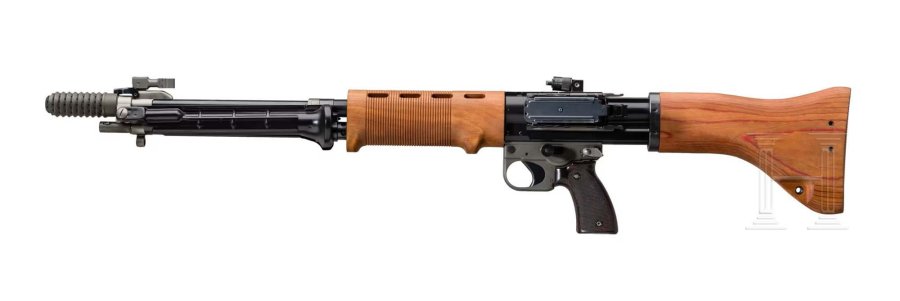
Of course, this is not all and there are literally thousands of pieces to look at in all their detail on the Hermann Historica website. We would like to close by reminding you that for those who would like to see the firearms in real life, the pre-sale exhibition will take place from October 29 to November 1, 2024, and from November 15 to 16 and 18, 2024, at the Hermann Historica premises at Bretonischer Ring 3 in Grasbrunn (Munich), from 11a.m. to 5p.m. Visits are by appointment only.
Full details of the auctions can be found on the Hermann Historica website.



